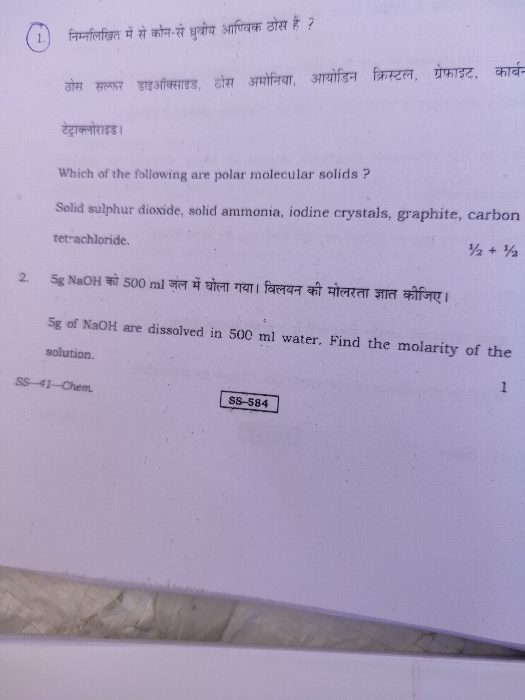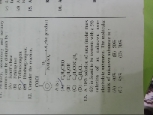CBSE Class 12-science Answered
The solubility of a non-polar solute is more than that of a polar solute in the n-octane. n-octane is a non-polar solvent.
Cyclohexane : non-polar
KCl : ionic
CH3OH : polar covalent
CH3CN : weakly polar covalent
The order of increasing polarity is:
Cyclohexane < CH3CN < CH3OH < KCl
Reason:
Cyclohexane and n-Octane are non polar solvents and hence mix with each other in all proportions.
KCl is an ionic compound and n-octane is non polar, therefore do not dissolve in n-octane.
Methyl alcohol and methyl cyanide both are polar compounds, but methyl alcohol is more polar, and methyl cyanide is less polar. So methyl cyanide will dissolve more in n-octane .
Therefore, the order of increasing solubility is:
KCl < CH3OH < CH3CN < Cyclohexane








